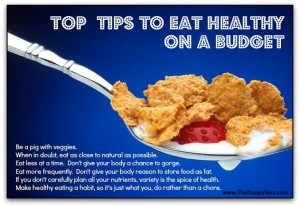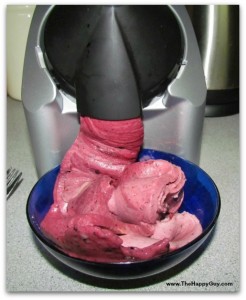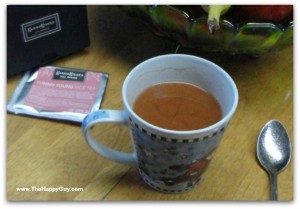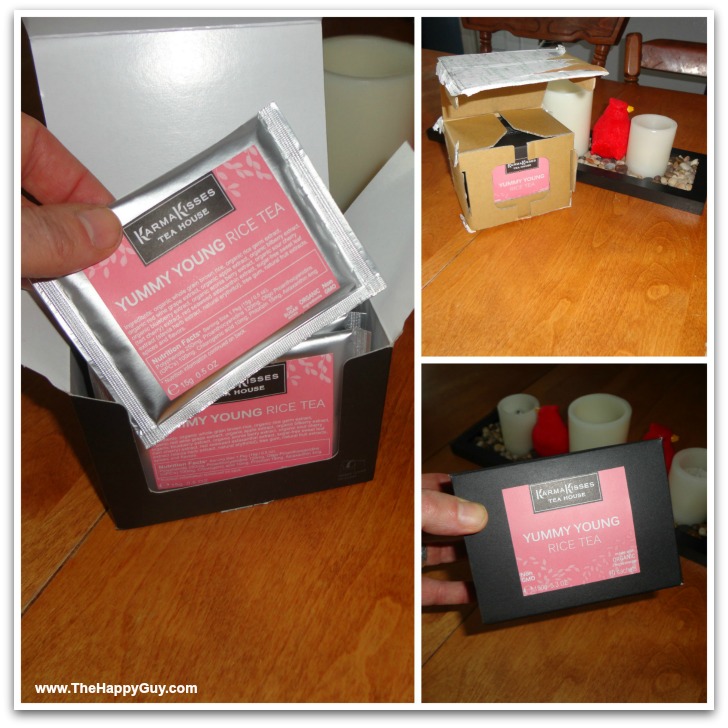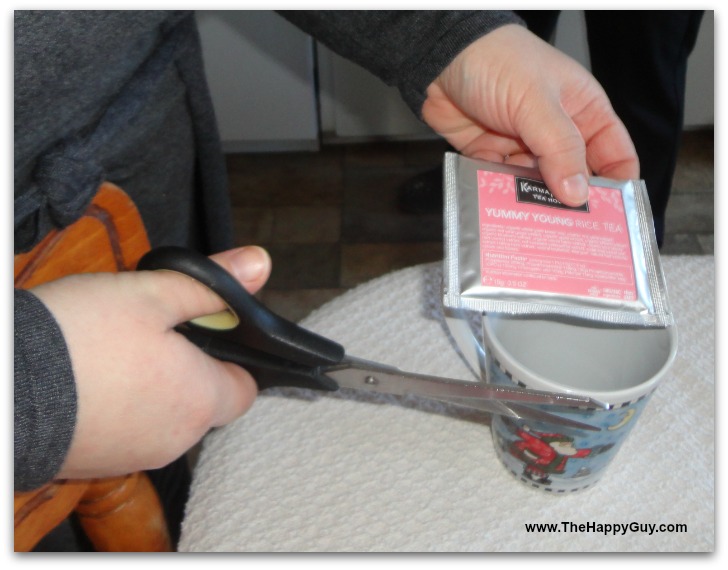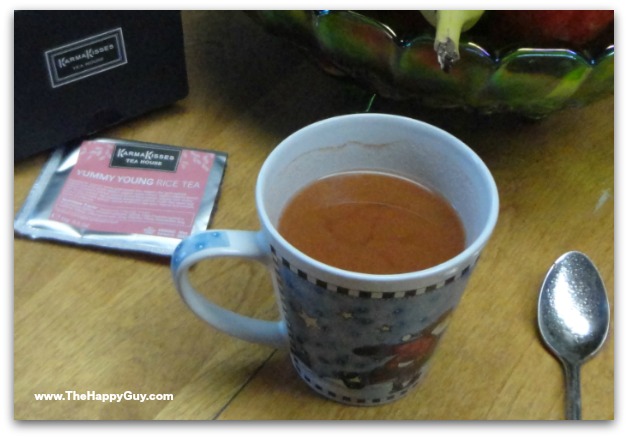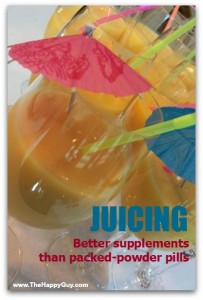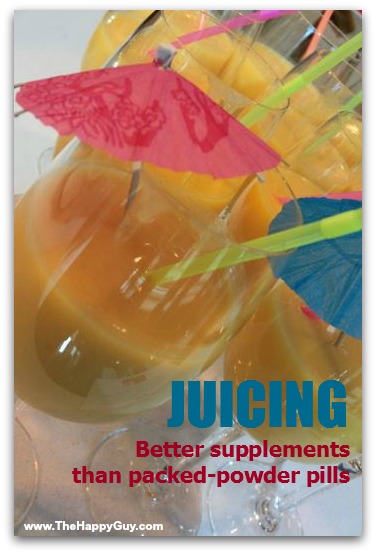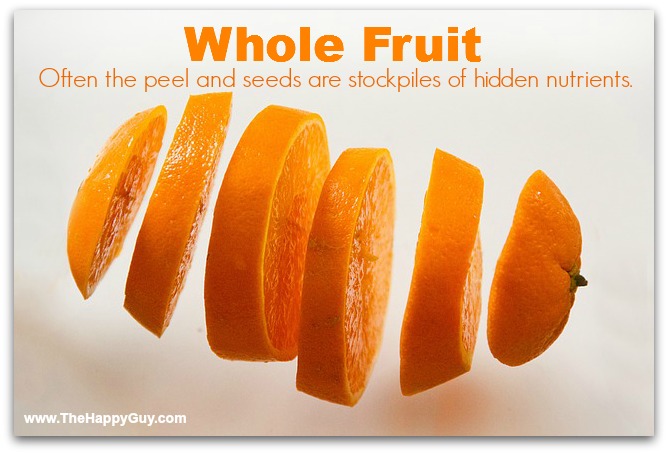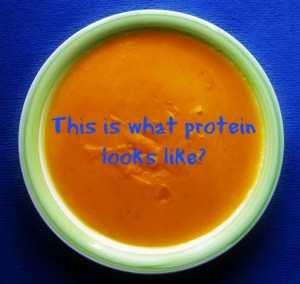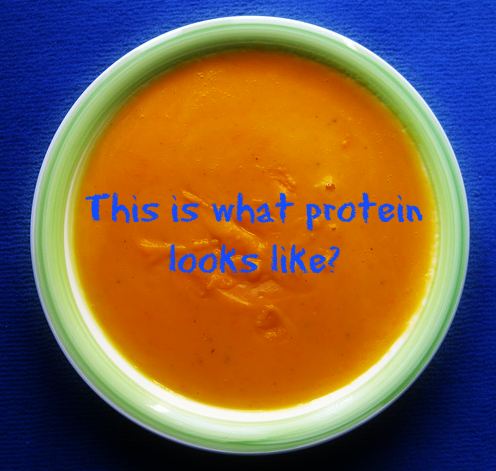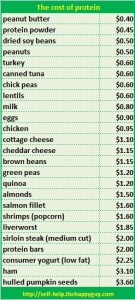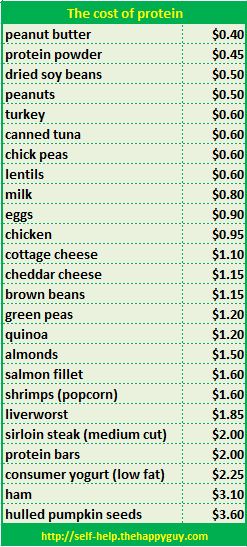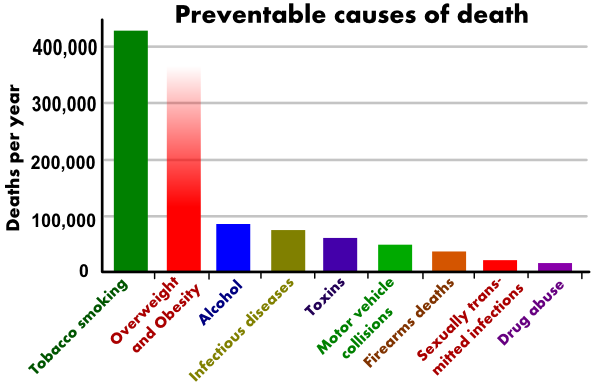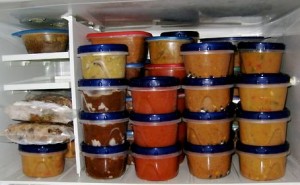Want to start eating healthier, but don’t have a big food budget? With a little planning and some tweaks to how you think about cooking, you can make it happen.
I work on certain principles for healthy eating:
- Be a pig with veggies.
- When in doubt, eat as close to natural as possible.
- Eat less at a time. Don’t give your body a chance to gorge.
- Eat more frequently. Don’t give your body a reason to store food as fat.
- If you don’t carefully plan all your nutrients, variety is the spice of health.
- Make healthy eating a habit, so it’s just what you do, rather than a chore.


